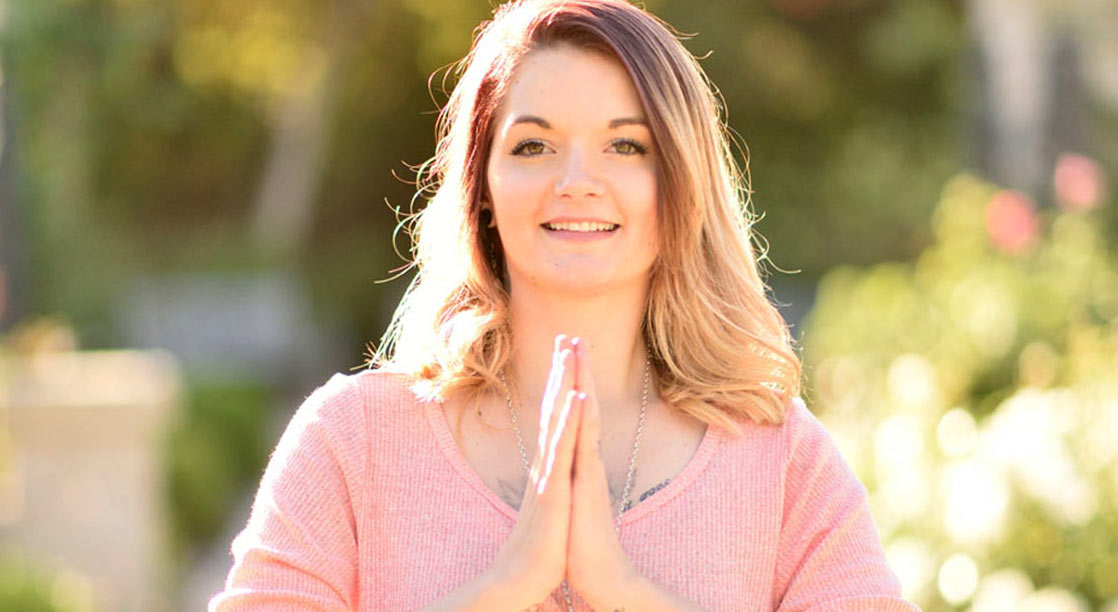This entry was posted on May 8, 2024 by Charlotte Bell.
 A while back, I posted a blog that sketched out a very basic outline of the Yoga Sutras of Patanjali. Of course, we can’t possibly capture the essence of the sutras in a single blog post, or even a series of them. It’s best when we digest them over time. And it’s even better when we consider them in the context of our own lives. Today’s post will outline the Eight Limbs of Yoga.
A while back, I posted a blog that sketched out a very basic outline of the Yoga Sutras of Patanjali. Of course, we can’t possibly capture the essence of the sutras in a single blog post, or even a series of them. It’s best when we digest them over time. And it’s even better when we consider them in the context of our own lives. Today’s post will outline the Eight Limbs of Yoga.
The sutras are divided into four padas (chapters). The second pada is the one that yoga teachers and practitioners most often refer to. This is because the second pada includes the Eight Limbs of Yoga. The Eight Limbs provide a scaffolding for the whole system of yoga, according to the sutras.
While the sutras list the limbs in a particular order, they are not hierarchical. They’re not like a ladder with eight steps. Instead, all the limbs feed into the whole, kind of like the limbs on a tree. Practicing any one of the limbs supports all the others.
The Eight Limbs of Yoga
Here’s a short synopsis of the limbs:
- Yama: Yama means “restraint.” The yamas are ethical or moral precepts for living peacefully in the world. They include ahimsa (non-harming), satya (truthfulness), asteya (non-stealing), brahmacharya (wise use of sexual energy), and aparigraha (non-greed).
- Niyama: The niyamas are personal practices that help us create a healthy foundation for our daily lives. They include saucha (cleanliness), santosha (contentment), tapas (energy or commitment to practice), svadhyaya (self-study and study of inspiring texts) and isvara pranidhana (dedicating our practice to something larger than ourselves).
- Asana: This is the limb we most often associate with yoga—the physical postures.
- Pranayama: Pranayama is the practice of controlling and expanding the breath.
- Pratyahara: The most common description of this limb is “withdrawal from the senses.” I interpret it as a refinement of our relationship with our senses.
- Dharana: Dharana is concentration. It’s the collecting of the mind onto a single object.
- Dhyana: Dhyana is meditation. It’s the ability of mind to stay present no matter what we are experiencing through our senses.
- Samadhi: Samadhi is the completely settled, expansive mind.
This is just a bite-sized description of the framework for yoga practice. Any of the limbs—or even any part of the limbs, say one of the yamas—could be fodder for years of practice.
If you’re interested in learning more, my book Mindful Yoga, Mindful Life: A Guide for Everyday Practice, outlines the Eight Limbs and goes into detail about each one. There are also suggestions for ways to practice each one.
About Charlotte Bell
Charlotte Bell discovered yoga in 1982 and began teaching in 1986. Charlotte is the author of Mindful Yoga, Mindful Life: A Guide for Everyday Practice and Yoga for Meditators, both published by Rodmell Press. Her third book is titled Hip-Healthy Asana: The Yoga Practitioner’s Guide to Protecting the Hips and Avoiding SI Joint Pain (Shambhala Publications). She writes a monthly column for CATALYST Magazine and serves as editor for Yoga U Online. Charlotte is a founding board member for GreenTREE Yoga, a non-profit that brings yoga to underserved populations. A lifelong musician, Charlotte plays oboe and English horn in the Salt Lake Symphony and folk sextet Red Rock Rondo, whose DVD won two Emmy awards in 2010.

